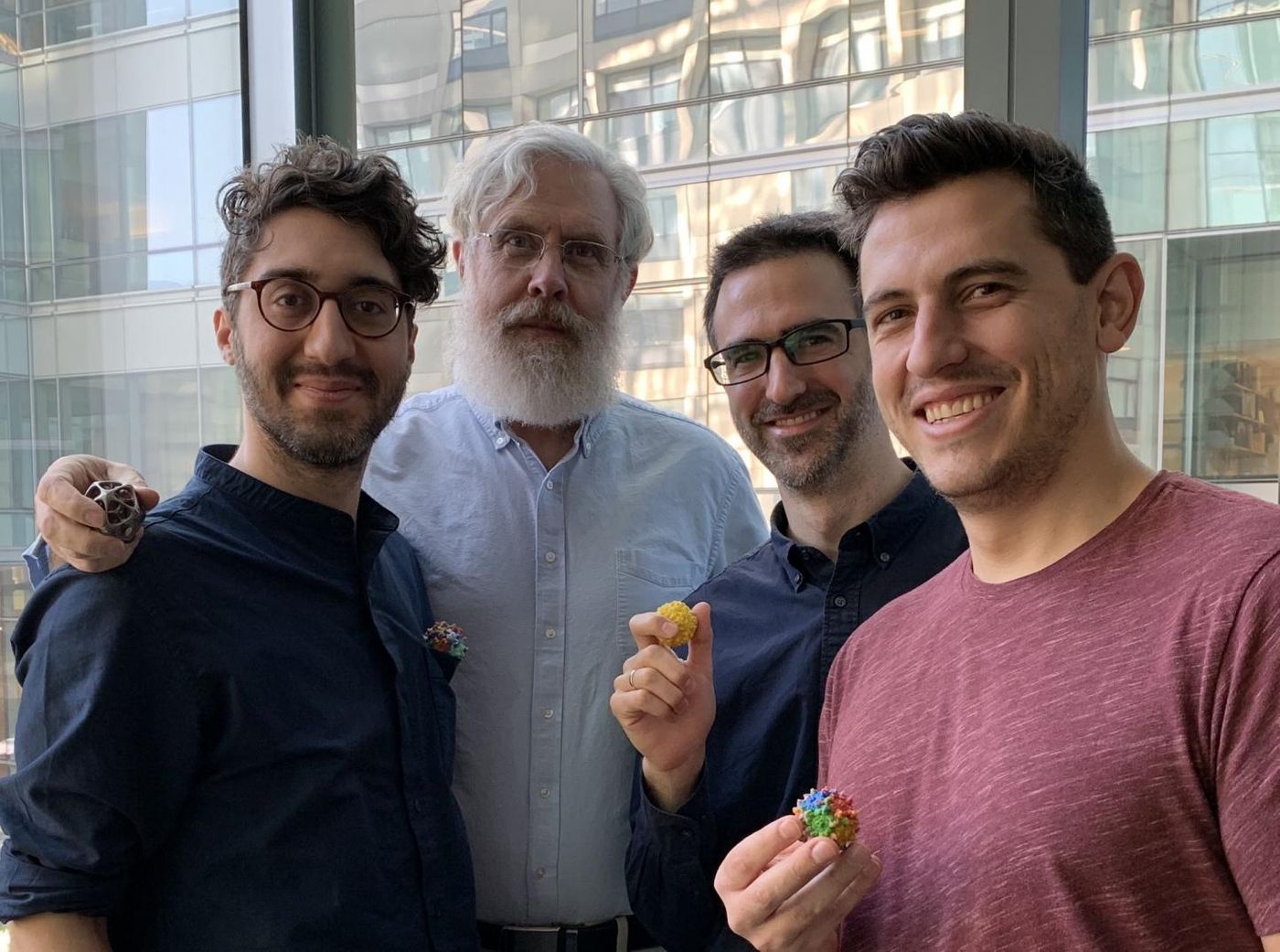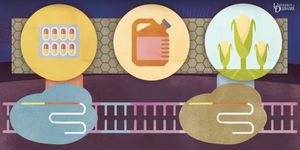Engineering a Better Viral Delivery System for Gene Therapy
To send gene therapy to diseased cells, scientists have turned to adeno-associated viruses (AAVs) to act as a delivery system. However, AAVs that are found in nature don't target specific cells or tissues, and the immune system can see them as invaders that have to be expelled from the body. These drawbacks have limited their success. Synthetic biologists have been working to create engineered AAVs by manipulating the capsid that surrounds them, and find ways to get them to the right places. These genetically-altered AAVs have to be carefully developed, which has been a complicated and time-consuming process.
Researchers at the Wyss Institute for Biologically Inspired Engineering and Harvard Medical School have now found a faster way to create AAVs. Their method systematically mutated every one of the 735 amino acids that generate the capsid that encases AAV2, the most well-known type of AAV, changing every genetic base. In doing so, they generated a library of viruses that houses around 200,000 variants and found the changes that made AAV2s better at targeting the right tissue and improving their viability in a mouse model. Their efforts also revealed a protein that can attach to target cells. The work has been reported in Science.
"With the information generated by this library, we were also able to design capsids with more mutations than previous natural or synthetic variants, and furthermore with efficiencies of generating viable capsids that far exceed those of AAV created by random mutagenesis approaches," said Professor George Church, Ph.D., Lead of the Wyss Institute's Synthetic Biology platform.
"These high-throughput technologies paired with machine-guided design lay the foundation for engineering superior and highly tailored AAV variants for future gene therapies," said the co-first author of the study Eric Kelsic, Ph.D., a former postdoctoral fellow in the Church lab who is now CEO of Dyno Therapeutics. "Past approaches such as rational design or random mutagenesis each had their drawbacks, either being limited in the library size or being low in quality, respectively. Machine-guided design is a data-driven approach to protein engineering. Here we show that even a simple mathematical model, powered by enough data, can successfully generate viable synthetic capsids. This iterative and empirical approach to protein engineering enables us to get the best of both worlds and generate large numbers of high-quality capsid variants."
"Unexpectedly, the high-resolution data we generated enabled us to spot a new protein encoded by a different reading frame within the capsid's DNA sequence - which had escaped notice despite decades of intense research on the virus," noted the study co-first author Pierce Ogden, Ph.D., a former graduate student and now postdoctoral fellow working with Church. "Membrane-associated accessory protein (MAAP), as we named it, exists in all of the most popular AAV serotypes and we believe that it plays a role in the virus's natural life cycle. Studying how MAAP functions will be an exciting area for future research and could potentially lead to a better understanding of how to better produce and engineer AAV gene therapies."
"This study is a landmark in the Wyss Institute's Synthetic Biology platform's effort to advance AAV technology to the next level. This work is also a great example of how we are beginning to integrate machine learning and artificial intelligence approaches into our therapeutics pipeline," added Professor and Wyss Institute Founding Director Donald Ingber.
Sources: AAAS/Eurekalert! via Wyss Institute for Biologically Inspired Engineering at Harvard, Science









